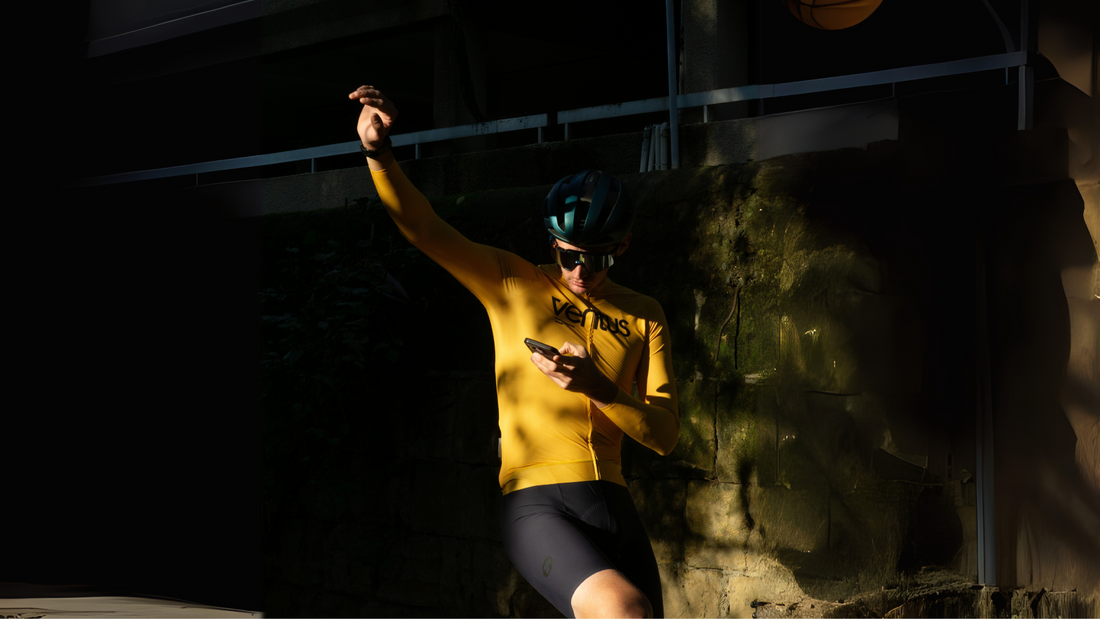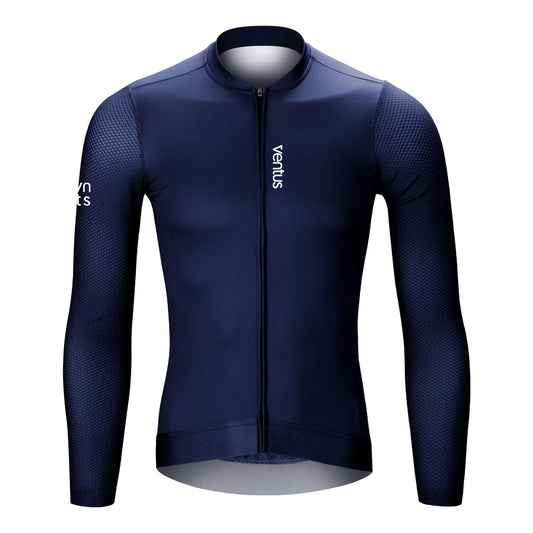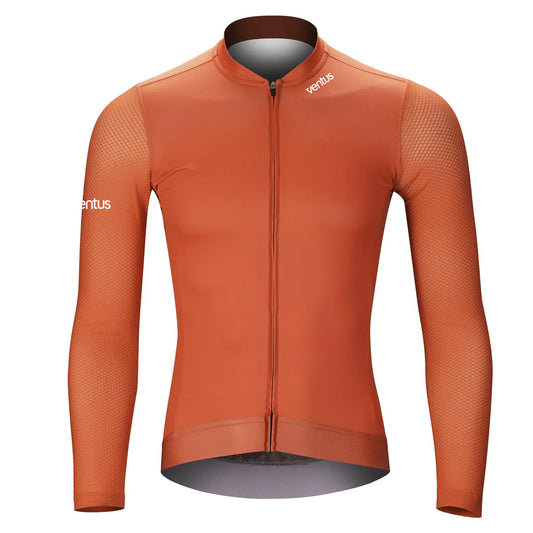
The Science of Recovery: How to Prevent Burnout and Ride Stronger
Share
For road cyclists, it’s not just about how hard you train—it’s about how well you recover. Recovery is the cornerstone of athletic performance, enabling your body to adapt, grow stronger, and avoid burnout or injury. Understanding the science behind recovery can help you ride stronger, faster, and longer.
What Is the Science Behind Recovery?
Recovery is the body’s ability to repair and rebuild itself after the stress of physical activity. During intense cycling sessions, your muscles endure microtears, your energy stores deplete, and inflammation spikes. The recovery process allows your body to repair this damage, adapt to the strain, and grow stronger for future rides.
The key players in recovery are nutrition, hydration, rest, and circulation. Proper recovery helps to:
- Replenish glycogen stores in muscles.
- Repair damaged muscle tissue.
- Reduce inflammation.
- Restore hormonal balance.
- Improve overall endurance and performance.
The 4 R’s of Recovery
Cyclists can follow the 4 R’s of Recovery to ensure optimal post-ride repair:
-
Rehydrate: After a ride, your body needs fluids to replace those lost through sweat. Hydrating with water or electrolyte-rich drinks is crucial to restoring balance.
-
Refuel: Replenish glycogen stores by consuming carbohydrates and protein in the right ratio (usually 3:1 or 4:1 carbs to protein) within 30–60 minutes of finishing your ride.
-
Repair: Protein is essential for repairing damaged muscle fibers. Focus on lean protein sources or recovery shakes to kickstart muscle rebuilding.
-
Rest: Sleep is the ultimate recovery tool. Aim for 7–9 hours of quality sleep per night to allow your body to fully regenerate.
What Are the 5 Pillars of Recovery?
Elite athletes often focus on these five pillars of recovery to optimize performance:
- Sleep: Prioritize quality sleep for hormonal balance and muscle repair.
- Nutrition: Maintain a balanced diet with macronutrients, vitamins, and minerals to fuel recovery.
- Active Recovery: Low-intensity rides or stretching sessions can promote blood flow and reduce muscle soreness.
- Mental Recovery: Reduce stress through mindfulness techniques or relaxation exercises.
- Hydration: Stay hydrated before, during, and after training to prevent fatigue and improve performance.
Why Do Legs Take So Long to Recover?
Cyclists often feel prolonged soreness in their legs after intense rides. This is because your legs bear the brunt of the workload, and cycling primarily engages large muscle groups like the quadriceps, hamstrings, and calves. These muscles require more time to repair due to:
- High levels of muscle damage from repetitive pedaling.
- Delayed onset muscle soreness (DOMS), which peaks 24–48 hours post-ride.
- Poor circulation in cold weather, which can slow recovery.
To speed up leg recovery:
- Use a foam roller or massage gun to reduce muscle tension.
- Elevate your legs to improve circulation.
- Incorporate light stretching or yoga.
Which Is the Fastest Recovery Method?
The fastest recovery method is active recovery. Low-intensity activities like a short, easy ride or a walk increase blood flow, delivering oxygen and nutrients to muscles while flushing out waste products like lactic acid. Combined with proper hydration and nutrition, active recovery accelerates the healing process.
Conclusion: Recovery Is Training
Recovery is not an afterthought—it’s an integral part of training. By understanding the science of recovery and implementing effective strategies, you’ll not only ride stronger but also prevent burnout and injuries.
Ventus is here to support your journey with apparel designed for performance and comfort, whether you're recovering on a rest day or pushing hard on the climbs. Ride smart, recover smarter, and let your best rides still lie ahead.



